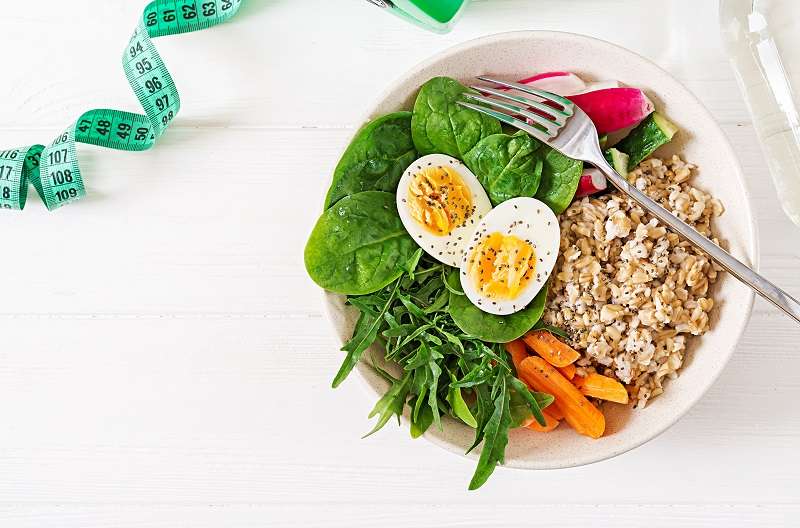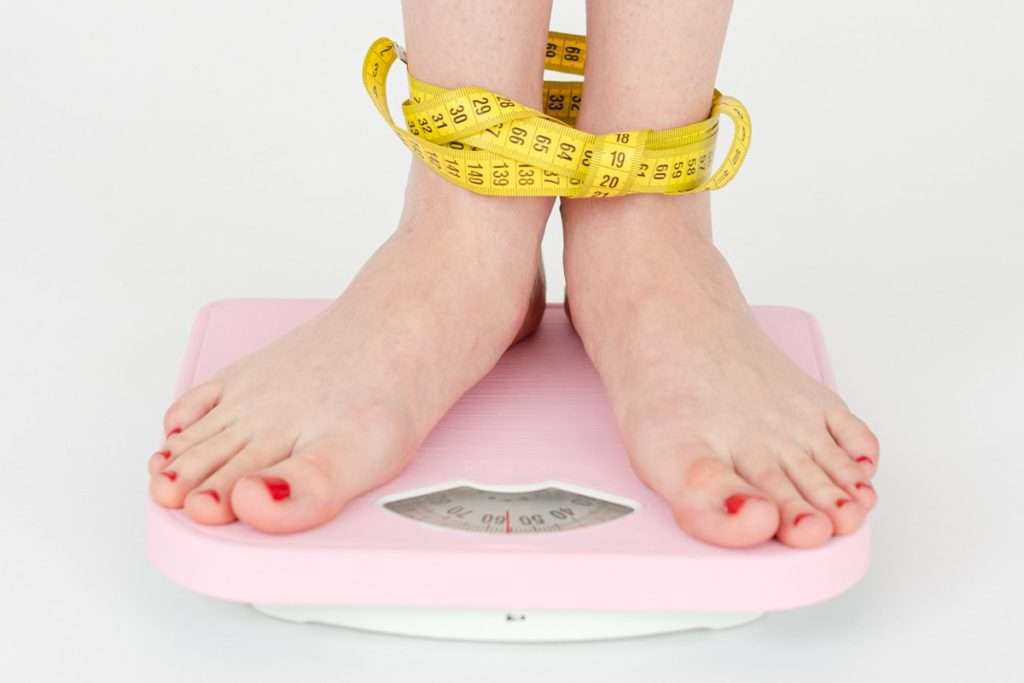A woman and her husband start a diet together. Could it be said that they are both motivated?
Indeed. Do they each faithfully count calories?
Indeed. Nevertheless, the man is bound to shed undesirable pounds before in this process than his better half.
Why? Blame it on your genes, a few experts say.
We hear this constantly, and it tends to be frustrating for women. Yet, unfortunately for women, their genetic makeup can make losing weight somewhat more challenging.
So what factors are working here?
Metabolism
Women typically have more muscle versus fat and less muscle than men. Also, that affects the fundamental metabolic rate or the number of calories your body burns while very still.
Metabolic rate is partially determined by your muscle mass, and women have less muscle and more fat naturally than men.
Pregnancy Effects
At the point when a woman gets pregnant, she gains weight and more muscle versus fat. Moreover, it’s often difficult for another mother to carve out the opportunity to exercise and rest. What’s more, she’ll require both to shed those additional pounds.
Nonetheless, breastfeeding assists with consuming calories and weight loss at this phase of life.
Polycystic Ovary Syndrome (PCOS)
Somewhere in the range of 5 and 10 percent of women have polycystic ovary syndrome (PCOS). This is a condition characterized by a hormonal imbalance that makes weight loss more difficult and causes menstrual irregularity.
Menopause
Women likewise gain weight in their abdomen during menopause because of a loss of chemicals and slow metabolism. A few women even have a name for their new potbelly – meno-pot.
In spite of these challenges, there are a lot of ways of warding off weight gain and prevail. The following are Four.
Resistance and Weight Training

Building muscle mass assists all kinds of people with helping their metabolism. Having more muscle mass assists you with consuming calories, in any event, while you’re sitting or very still.
You can maintain muscle by doing resistance training for something like double seven days, for 20 to 30 minutes for every meeting. This is especially important as you grow older. (Your metabolism naturally dials back and you lose muscle as you age.)
There are multiple ways of approaching resistance training:
- Use machines at a gym or at home.
- Utilize free weights or resistance groups.
- Participate in a gathering wellness class, like Pilates.
- Utilize your body for resistance by doing push-ups, squats, and lunges.
Women are some of the time hesitant to do weight training since they are afraid they will begin to have a masculine look. Yet, that is a misconception, as women come up short on a measure of testosterone that men have.
Experts encourage women to become familiar with weights.
Women ought to be weight training to gain the benefits of building muscle, like expanded metabolic rate and prevention of osteoporosis.
Weight-bearing exercise isn’t just solid since it’s a workout. As it assists you with growing in muscle mass, you consume more calories, which diminishes insulin resistance significantly and forestalls diabetes.
Fat burners improve the rate of metabolism that will convert your body fat into energy. So, you will see an improvement in your overall energy levels easily.
Eating Pattern That Suites You

Assuming that a middle-aged man and woman are both keen on losing weight, the quantity of calories a man needs for weight loss is around 1,500 every day (contingent upon stature/weight/level of physical activity), yet the woman’s calorie needs will be considerably less, typically around 1,200 calories each day.
Obviously, assuming they are both practicing consistently, those calories might move slightly higher. For women, maintaining their weight loss might mean eating less than men in the long haul.
Research on weight loss doesn’t substantiate one eating design over another. The eating design you decide should be individualized to your well-being needs and eating behaviors.
Long-Term Process
Showing restraint’s important. Studies show that most weight loss plans ought to result in 5% to 10% weight loss in somewhere around a year assuming you stay with them.
In the event that you’re not getting results, talk with your healthcare team as you might have to attempt an alternate arrangement that will better accommodate your way of life.
Whether you follow a diet low in fat, low in carbohydrates, or another diet, ensure suppers are balanced and nutritious.
Incorporate lean proteins, solid fats like nuts, olive oil, and avocados, limited simple carbs (no sugar, white bread, improved beverages), and bunches of vitamins and minerals from vegetables and natural products.
Other sustenance suggestions for women over age 50 incorporate maintaining adequate calcium and Vitamin D, either from food sources or supplements.
Weight-Loss Supplements

Will Weight-Loss Medicines Help You Lose Weight?
Your doctor or nurse might suggest weight-loss medicine if:
- You have obesity (BMI of at least 30)
Or then again
You have overweight (BMI of at least 27) and you have medical conditions connected with the additional weight, for example,
- Hypertension
- High blood cholesterol
- Diabetes
The Food and Drug Administration supported a few weight-loss medicines for the treatment of obesity.
Weight-loss supplements contain numerous fixings like spices, fiber, and minerals, in various sums and in numerous mixes.
These supplements contain fixings that are known to support your rate of metabolism. This will assist you with consuming your muscle to fat ratio.
Nonetheless, your body might answer various fixings another way. Thus, your rate of fat consumption won’t be equivalent to other people’s.
Good Weight-loss supplements are expensive. You can lose weight without diet or exercise.
Note: Please read full detail before orders.


